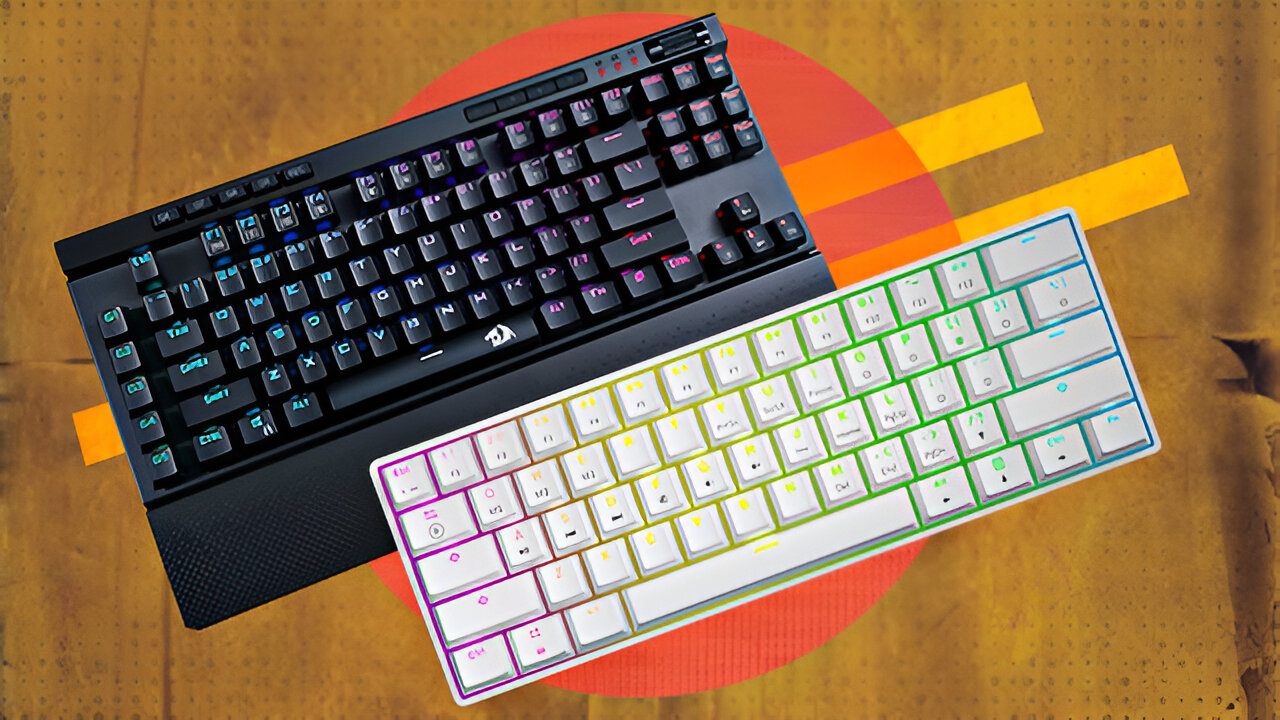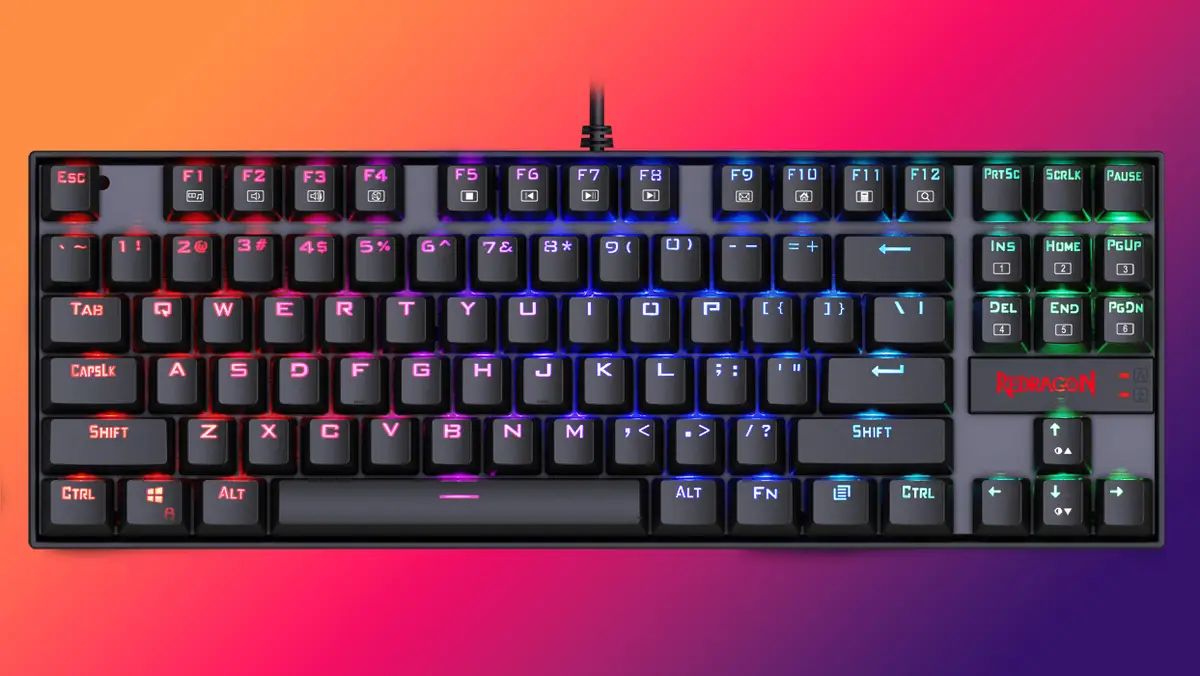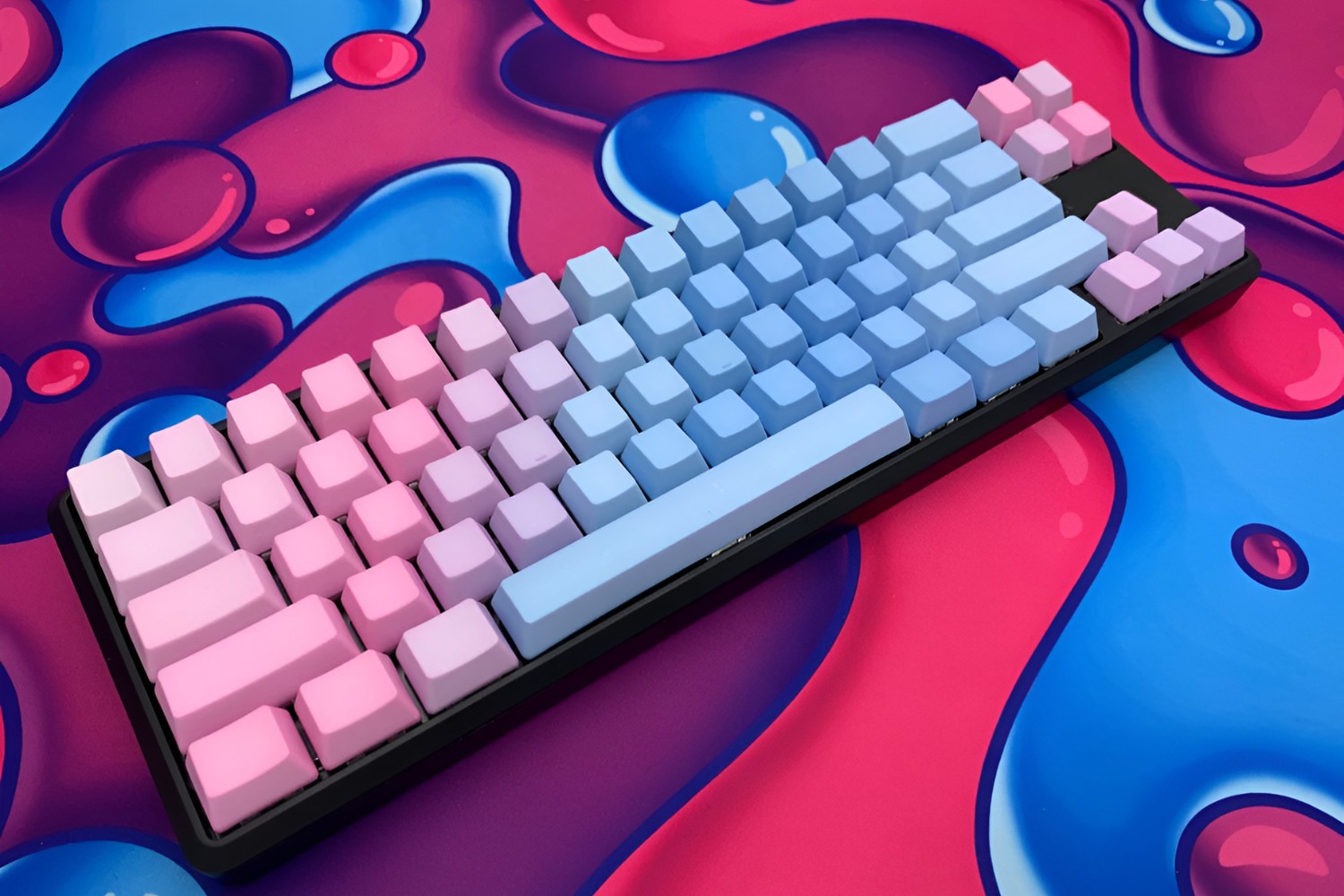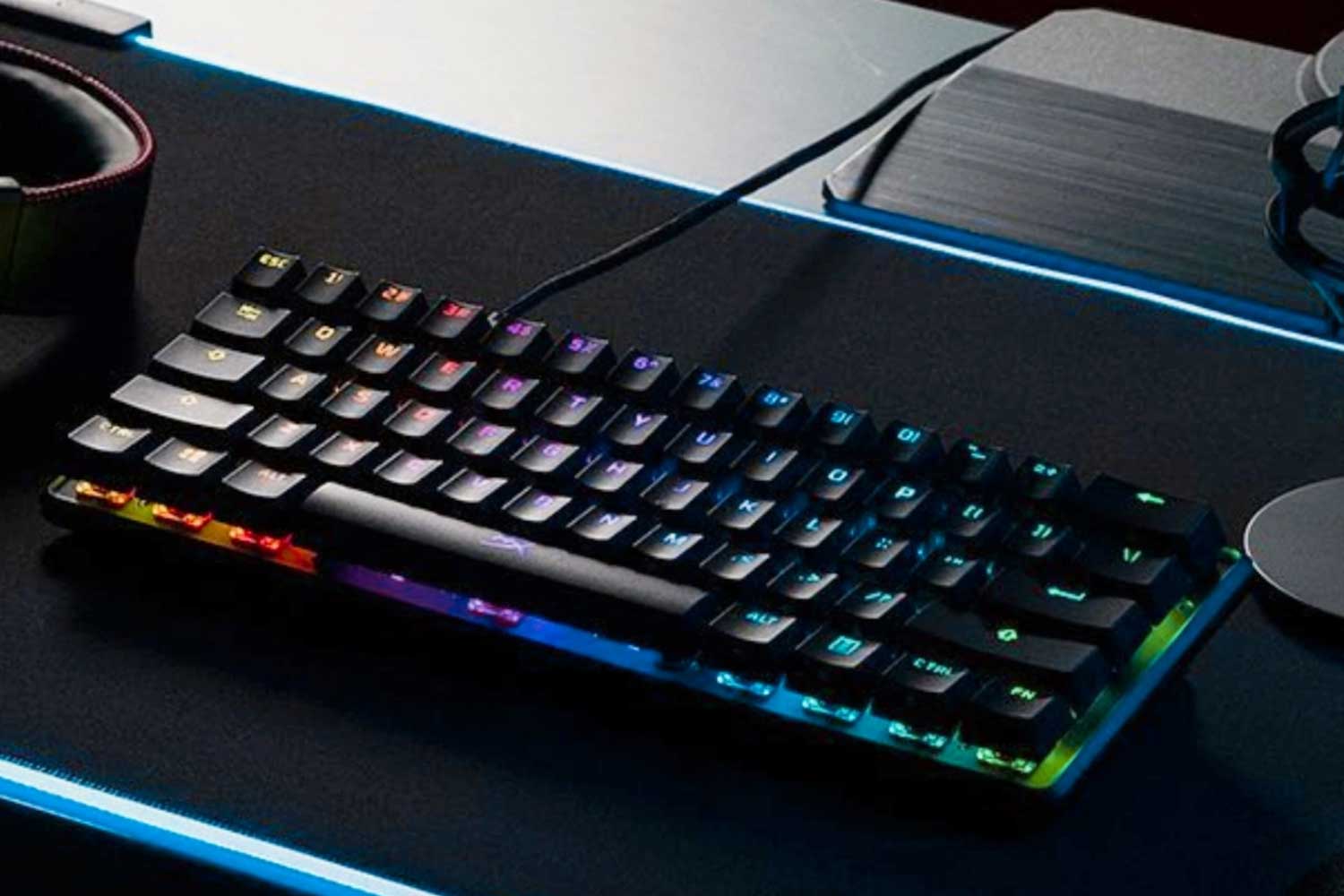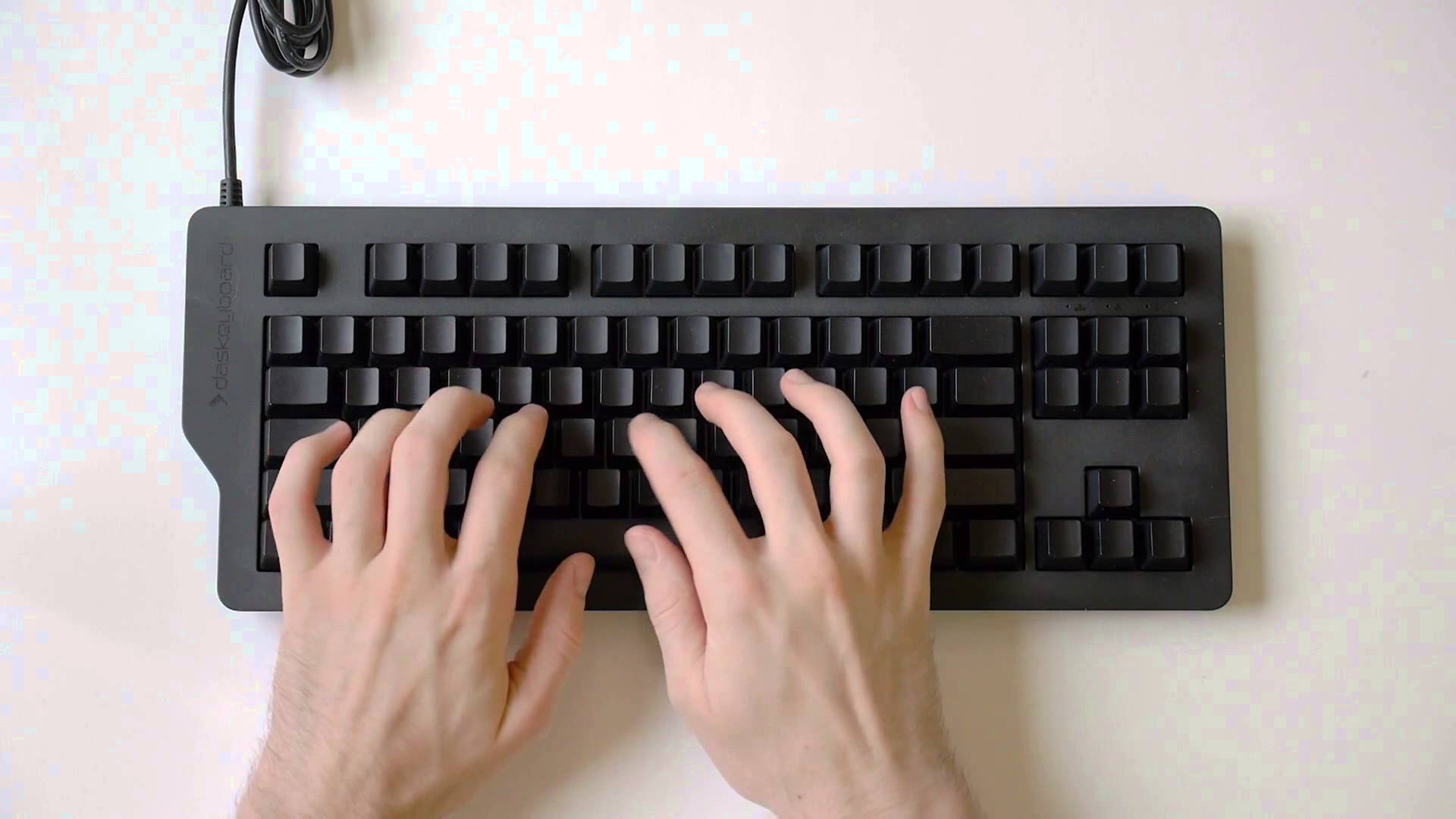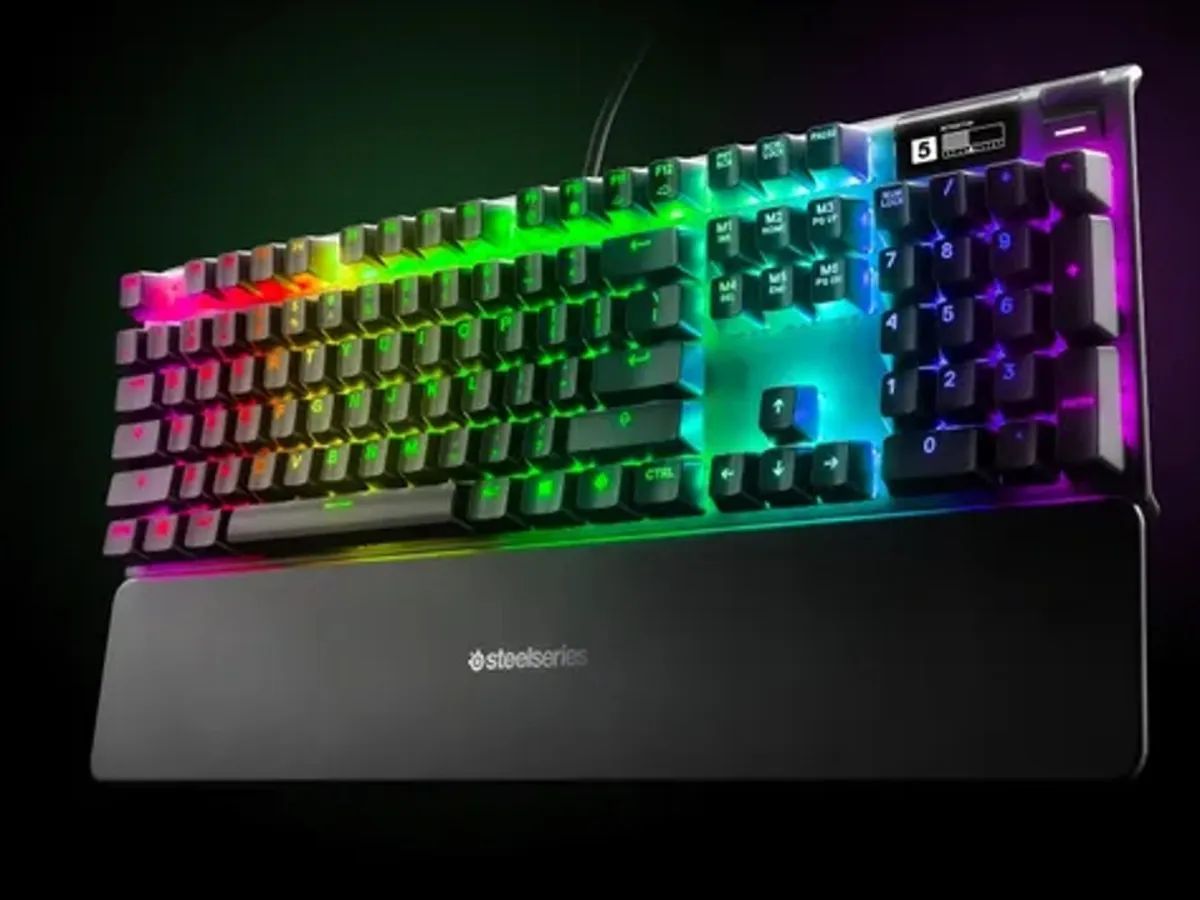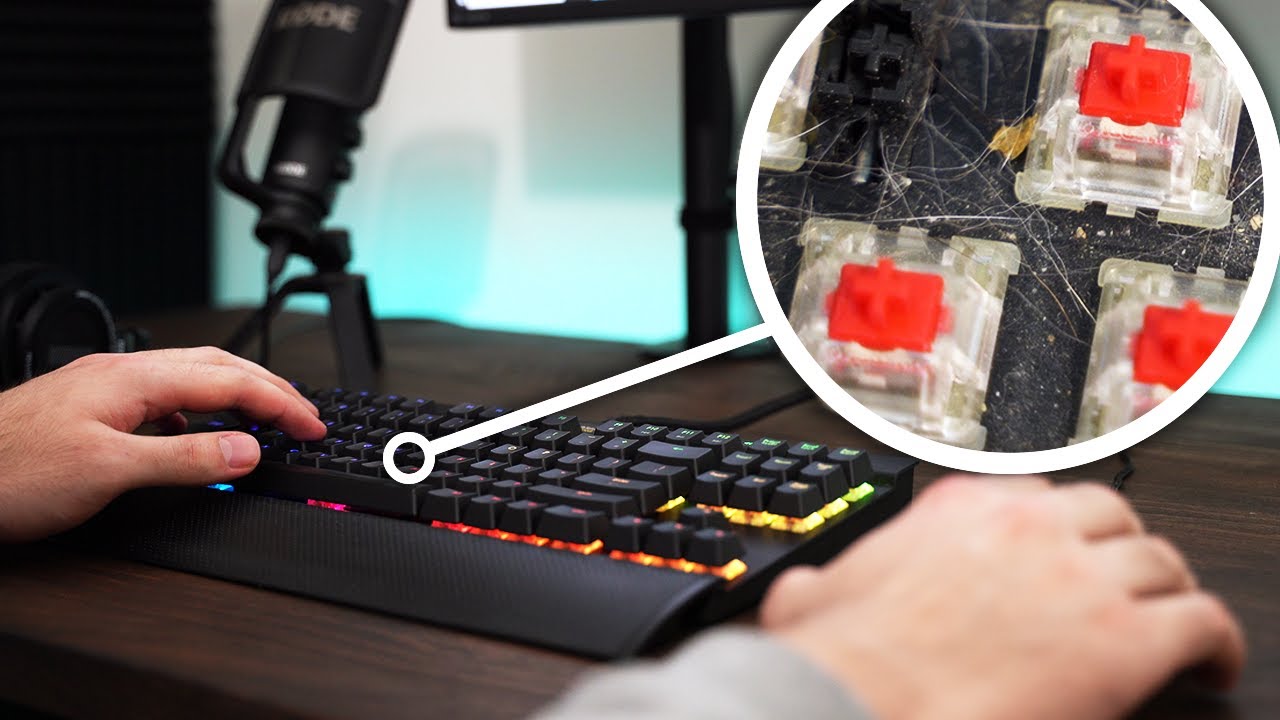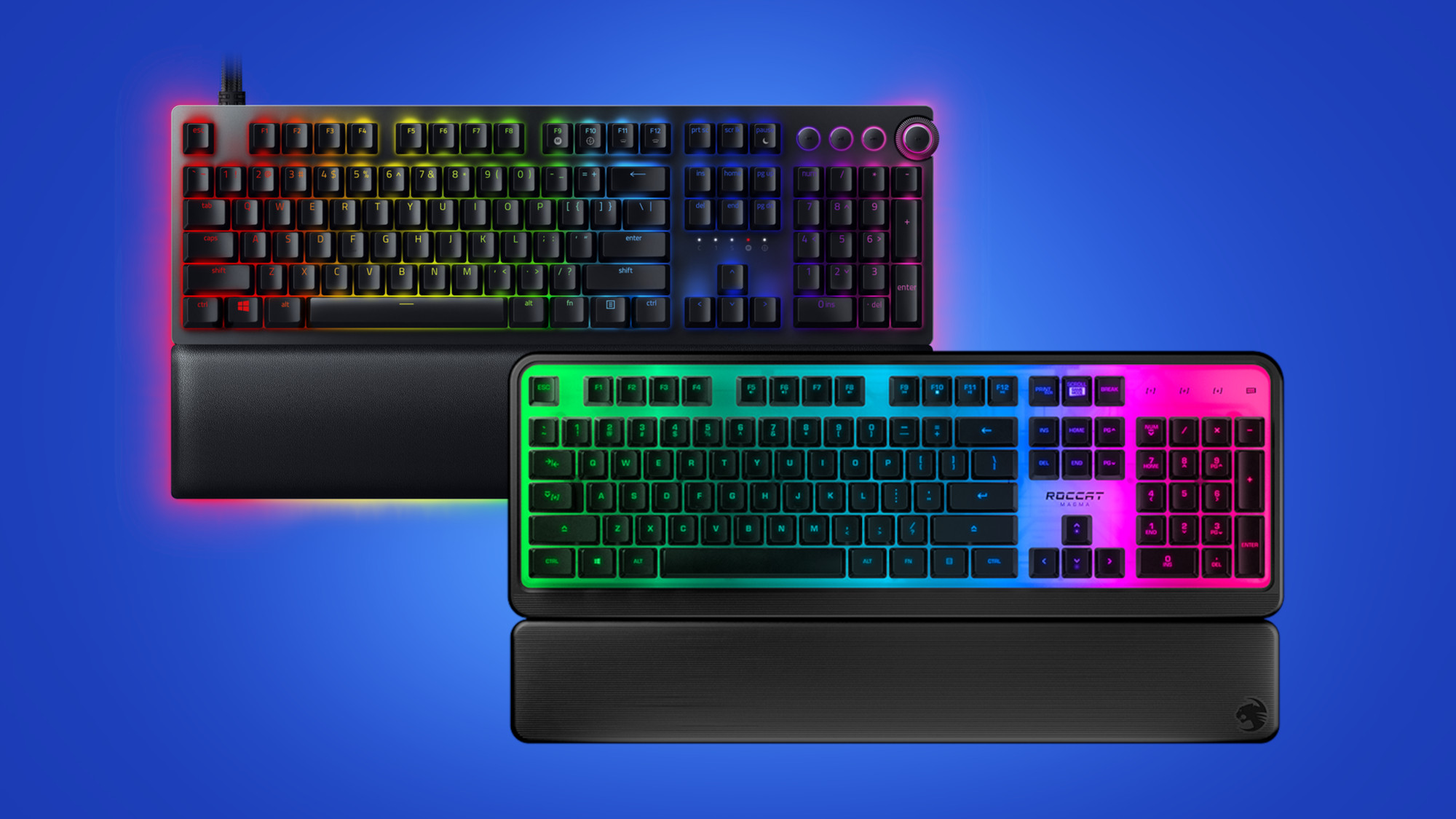Introduction
When it comes to choosing a keyboard, the decision often boils down to two primary options: a mechanical keyboard and a regular keyboard. While both serve the same fundamental purpose, they differ significantly in terms of construction, typing experience, durability, and customization options. Understanding the distinctions between these two types of keyboards is crucial for making an informed decision that aligns with one's preferences and requirements.
Mechanical keyboards have gained popularity among enthusiasts and professionals for their tactile feedback, audible click, and robust construction. On the other hand, regular keyboards, also known as membrane keyboards, are the standard input devices that come bundled with most desktop computers and laptops. Despite their ubiquity, regular keyboards offer a different typing experience and set of features compared to their mechanical counterparts.
In this comprehensive comparison, we will delve into the various aspects that differentiate mechanical keyboards from regular keyboards. By exploring the construction and key switches, typing experience, durability, and customization options of each keyboard type, you will gain valuable insights into the distinct characteristics and functionalities that define these input devices. Whether you are a casual user, a professional typist, or a gaming enthusiast, this guide will equip you with the knowledge needed to make an informed choice when selecting the ideal keyboard for your specific needs.
Construction and Key Switches
One of the fundamental disparities between mechanical keyboards and regular keyboards lies in their construction and key switches. Mechanical keyboards feature individual mechanical switches beneath each key, which are mounted on a metal backplate. These switches are typically categorized based on their actuation force, tactile feedback, and audible click, offering users a customizable typing experience tailored to their preferences. Common types of mechanical switches include Cherry MX, Razer Green, and Gateron switches, each with distinct characteristics that cater to different user requirements.
On the other hand, regular keyboards utilize membrane or rubber dome switches, which consist of a single continuous membrane beneath the keys. When a key is pressed, the membrane collapses, completing the circuit and registering the keystroke. While membrane keyboards are generally quieter and more affordable to produce, they lack the tactile feedback and durability associated with mechanical switches.
The construction of mechanical keyboards, with their individual switches and sturdy build, results in a more tactile and responsive typing experience. Each key press provides a satisfying tactile bump and audible click, enhancing the overall typing feedback and precision. In contrast, regular keyboards offer a softer and quieter typing experience, which may be preferred in shared workspaces or quiet environments.
Furthermore, the robust construction of mechanical keyboards contributes to their longevity, as they are designed to withstand millions of keystrokes without experiencing a decline in performance. This durability makes mechanical keyboards an attractive choice for users seeking a reliable and long-lasting input device, especially for intensive typing tasks or gaming sessions.
Overall, the construction and key switches of mechanical keyboards and regular keyboards play a pivotal role in shaping the typing experience and durability of these input devices. Whether you prioritize tactile feedback, durability, or affordability, understanding the differences in construction and key switches is essential for selecting a keyboard that aligns with your specific preferences and usage requirements.
Typing Experience
The typing experience offered by mechanical keyboards and regular keyboards varies significantly, primarily due to the distinct characteristics of their key switches and construction. Mechanical keyboards are renowned for providing a tactile and audible typing experience, making them a preferred choice for individuals who value precise feedback and responsiveness. The actuation force, key travel distance, and tactile feedback of mechanical switches contribute to a satisfying typing experience, allowing users to feel each keystroke and type with enhanced accuracy.
Moreover, the audible click produced by certain types of mechanical switches adds an auditory dimension to the typing process, further enhancing the overall experience. This tactile and audible feedback is particularly beneficial for touch typists and individuals who engage in extensive typing tasks, as it reduces the likelihood of errors and fatigue while promoting a more immersive typing experience.
Conversely, regular keyboards, featuring membrane or rubber dome switches, offer a softer and quieter typing experience. The absence of tactile feedback and audible click results in a smoother, albeit less responsive, typing sensation. While this may be preferable for users who prioritize a noise-free environment or require a keyboard for casual typing purposes, it may not be as conducive to precise and intensive typing tasks.
Furthermore, the key travel distance and actuation force of regular keyboards are generally uniform across all keys, providing a consistent but less customizable typing experience compared to mechanical keyboards. This standardized typing feel may suit individuals seeking a familiar and predictable input interface without the variability offered by mechanical switches.
Ultimately, the typing experience is a critical factor to consider when choosing between a mechanical keyboard and a regular keyboard. Whether you prioritize tactile feedback, audible click, key customization, or a quieter typing environment, understanding the nuances of the typing experience offered by each keyboard type is essential for selecting the ideal input device that aligns with your preferences and enhances your overall typing proficiency.
Durability
When evaluating the durability of keyboards, mechanical keyboards stand out as resilient and long-lasting input devices, thanks to their robust construction and high-quality key switches. The individual mechanical switches employed in these keyboards are designed to endure millions of keystrokes, offering exceptional longevity and consistent performance over an extended period. This durability makes mechanical keyboards an ideal choice for users who prioritize reliability and seek a keyboard that can withstand intensive daily use, such as prolonged typing sessions or gaming marathons.
Additionally, the modular nature of mechanical keyboards allows for easy maintenance and replacement of individual switches, ensuring that any worn or malfunctioning keys can be swiftly addressed without necessitating a complete keyboard replacement. This modularity contributes to the overall lifespan and sustainability of mechanical keyboards, providing users with a cost-effective and eco-friendly input solution.
In contrast, regular keyboards, featuring membrane or rubber dome switches, are generally less durable than their mechanical counterparts. The continuous membrane beneath the keys is susceptible to wear and tear over time, potentially leading to a decline in key responsiveness and overall keyboard performance. While regular keyboards may suffice for standard daily use, they may exhibit signs of wear and degradation sooner than mechanical keyboards, especially in high-usage scenarios.
Moreover, the lack of individual switches in regular keyboards limits the feasibility of repairing specific keys, often necessitating the replacement of the entire keyboard when issues arise. This can result in higher long-term costs and environmental impact compared to the more sustainable and repair-friendly nature of mechanical keyboards.
Considering the durability of keyboards is crucial for users seeking a reliable and long-lasting input device. Whether you prioritize sustainability, cost-effectiveness, or the ability to withstand heavy usage, understanding the durability differences between mechanical keyboards and regular keyboards is essential for making an informed decision that aligns with your specific usage requirements and environmental considerations.
Customization Options
Customization options play a significant role in distinguishing mechanical keyboards from regular keyboards, offering users the ability to tailor their typing experience and keyboard aesthetics to suit their preferences. Mechanical keyboards are renowned for their extensive customization capabilities, allowing users to personalize various aspects of the keyboard, including key switches, keycaps, backlighting, and overall layout. This level of customization empowers users to create a keyboard that aligns precisely with their desired typing feel, visual aesthetic, and functional requirements.
One of the key customization features of mechanical keyboards is the ability to select from a wide range of mechanical switches, each offering distinct actuation forces, tactile feedback, and audible characteristics. This enables users to choose switches that complement their typing style, whether they prefer a light and linear feel, a tactile bump, or an audible click with each keystroke.
Furthermore, mechanical keyboards often support the effortless replacement of keycaps, allowing users to explore various keycap materials, profiles, and designs to enhance the keyboard’s visual appeal and tactile sensation. The availability of aftermarket keycap sets further expands the customization possibilities, enabling users to personalize their keyboard with unique colors, textures, and legends.
Backlighting options are also prevalent in mechanical keyboards, providing users with the choice to customize the keyboard’s lighting effects, brightness levels, and individual key illumination. This customization feature is particularly popular among gaming enthusiasts and creative professionals who seek a visually striking and immersive keyboard experience.
In contrast, regular keyboards typically offer limited customization options, with fixed membrane switches, non-replaceable keycaps, and minimal backlighting configurations. While regular keyboards may suffice for users who prioritize standard functionality and simplicity, they may not cater to individuals seeking a personalized and tailored typing interface.
Understanding the customization options available for mechanical keyboards and regular keyboards is essential for users who value the ability to fine-tune their typing experience and express their individuality through their keyboard setup. Whether you seek a highly customizable keyboard with diverse switch options, keycap variations, and lighting effects, or prefer a straightforward and standardized input device, the customization capabilities of each keyboard type will influence your decision-making process.
Conclusion
As we’ve explored the key disparities between mechanical keyboards and regular keyboards, it becomes evident that each type offers distinct advantages and characteristics that cater to different user preferences and requirements. The construction and key switches of mechanical keyboards contribute to a tactile, responsive, and customizable typing experience, making them an appealing choice for individuals who value precise feedback and durability. Conversely, regular keyboards, featuring membrane or rubber dome switches, provide a softer and quieter typing experience, suitable for casual use and standard functionality.
Furthermore, the durability of mechanical keyboards, stemming from their robust construction and replaceable switches, positions them as reliable and long-lasting input devices, ideal for intensive daily use and sustainability. In contrast, regular keyboards may exhibit signs of wear and degradation sooner, potentially leading to higher long-term costs and environmental impact.
Customization options also set mechanical keyboards apart, offering users the flexibility to tailor their keyboard to their preferred typing feel, visual aesthetic, and functional requirements through customizable switches, keycaps, and backlighting. This level of personalization empowers users to create a keyboard that reflects their individuality and enhances their overall typing experience.
Ultimately, the decision between a mechanical keyboard and a regular keyboard hinges on the user’s specific needs, preferences, and usage scenarios. Whether seeking a keyboard for professional typing, gaming, or general daily use, understanding the nuanced differences in construction, typing experience, durability, and customization options is essential for making an informed choice that aligns with one’s unique requirements.
By considering the factors discussed in this comparison, users can confidently select the ideal keyboard that complements their typing style, enhances their productivity, and reflects their personal flair, ultimately elevating their overall computing experience.







